Chapter 7 Bankruptcy Discharge
Home » Practice Areas » Orange County Bankruptcy » Chapter 7 Bankruptcy » Chapter 7 Discharge
Practice Areas
Chapter 7 Discharge Lawyers in Orange County, CA
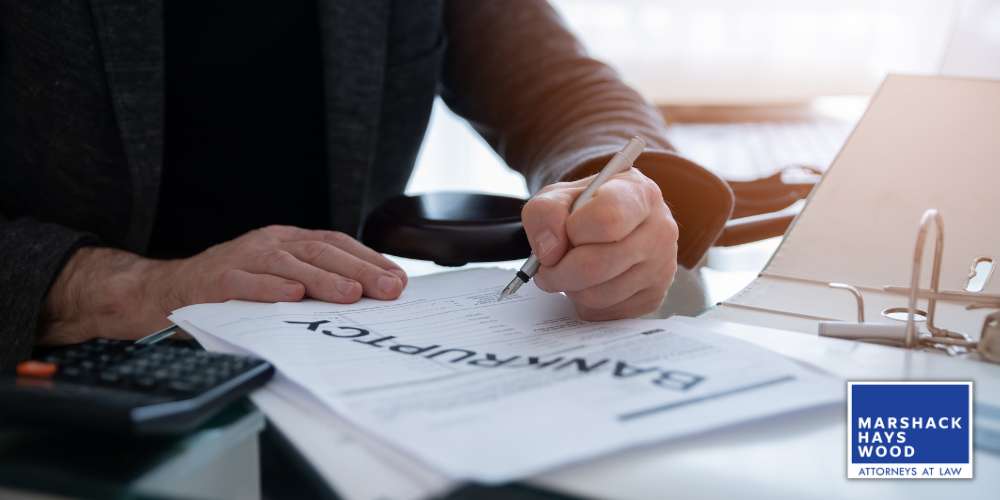
Anyone who is struggling with debt can admit that the idea of having discharged debt is a major factor when considering a bankruptcy filing. Clients can easily navigate their bankruptcy with help from an experienced bankruptcy attorney at Marshack Hays Wood.
When considering something as critical as bankruptcy, working with an attorney with extensive knowledge of California bankruptcy law is important. With over 75 years of combined experience, you can trust the bankruptcy attorneys at Marshack Hays Wood.
If you’re ready to put your debt in the past, schedule a free consultation with an Orange County bankruptcy lawyer by calling 949-333-7777 today.
What is a Chapter 7 Bankruptcy Discharge?
A Chapter 7 bankruptcy discharge offers individuals in financial distress a way to eliminate most of their unsecured debts. This discharge is the final step in a Chapter 7 bankruptcy case, effectively releasing the debtor from personal liability from their debt. It signifies that the debtor is no longer legally required to pay discharged debts.
Debts erased in Chapter 7 include credit card debt, medical bills, and personal loans. However, certain obligations like alimony, child support, student loans, and some tax debts are not dischargeable. The discharge is granted by a bankruptcy court several months after filing the bankruptcy petition, assuming the debtor has met all the requirements, including a Chapter 7 means test, credit counseling, and possibly liquidating certain assets.
Chapter 7 Discharge vs Chapter 13 Discharge
Chapter 7 and Chapter 13 bankruptcy discharges offer different paths for debt relief, each tailored to specific financial situations. A Chapter 7 discharge is often quicker, usually within a few months of filing, and is designed for individuals with limited income. It eliminates most unsecured debts without needing to pay back the balances. However, this might involve liquidating assets to repay creditors.
The Chapter 13 discharge comes at the end of a 3-5-year repayment plan, where the debtor makes regular payments to creditors. This option is more suited for individuals with a steady income and allows them to keep their assets, like a home or car, which might otherwise be lost in Chapter 7. Chapter 13 also offers a broader discharge of debts, including some debts that are not dischargeable under Chapter 7. Both discharges provide a fresh financial start, but the choice between them depends on the debtor’s income, assets, and types of debt.

How Does a Bankruptcy Case Discharge Work?
A bankruptcy discharge is a major element in bankruptcy proceedings, acting as a legal release that absolves debtors from personal liability for certain types of debts. When a discharge is granted, typically at the end of a bankruptcy case, it prohibits creditors from taking any action to collect the discharged debts, including legal action and communication with the debtor.
The bankruptcy process starts with the debtor filing a petition, followed by a careful examination of their financial situation conducted by their bankruptcy administrator. Depending on the type of bankruptcy filed, the debtor may be required to liquidate assets or follow a repayment plan. After meeting all the requirements set by the bankruptcy code and the court, including credit counseling, the court issues the discharge.
What Debts are Dischargeable in Chapter 7?
In Chapter 7 bankruptcy, various unsecured debts are eligible for discharge, providing significant financial relief. These dischargeable debts include credit card debts, medical bills, personal loans, and other non-collateralized debts.
Additionally, debts from lease agreements, such as past-due rent and certain legal judgments that do not involve fraud, can be discharged. Debtors must understand that while these debts can be cleared, Chapter 7 bankruptcy does not cover all financial obligations.
What Debts are Not Dischargeable in Chapter 7?
While a Chapter 7 bankruptcy discharges some debts, other financial obligations do not qualify. Those considering bankruptcy should know which debts they will still be responsible for after a successful bankruptcy. These remaining debts play a pivotal role in shaping the financial landscape post-bankruptcy.
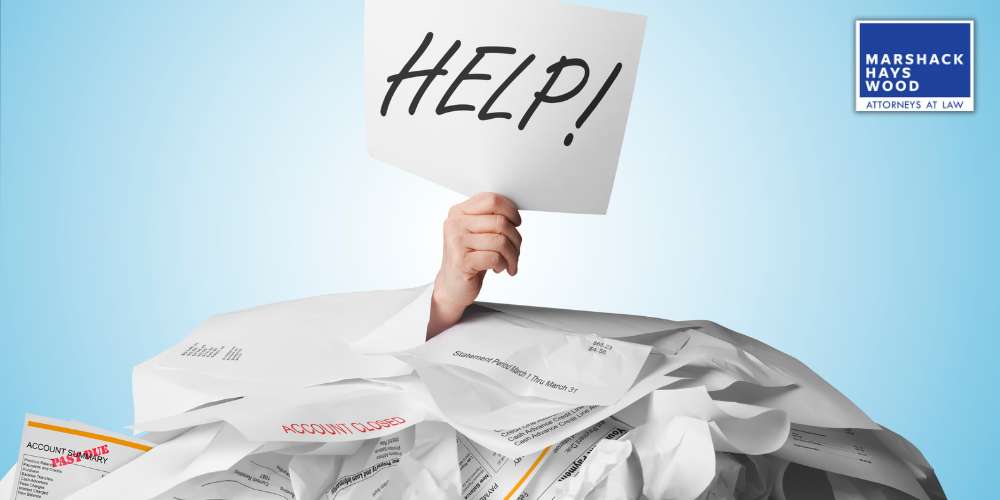
Does Chapter 7 Discharge Tax Debts?
Chapter 7 bankruptcy can discharge certain types of tax debts, but specific conditions must be met for these debts to be eligible. Generally, the debts that can be discharged in Chapter 7 include income taxes. However, to qualify for discharge, these debts must meet the following criteria:
- Age of the Tax Debt: The taxes must be at least three years old, meaning the due date for filing the tax return (including extensions) is at least three years before the bankruptcy filing date.
- Filing of Tax Returns: The tax returns for the discharged debts must have been filed at least two years before filing for bankruptcy.
- Assessment Period: The tax debt must have been assessed by the IRS at least 240 days before filing for bankruptcy or must not have been assessed yet. This time frame allows for any assessments or reassessments by the IRS.
- No Fraud or Evasion: The debtor must not have committed fraud or willful tax evasion. If the tax return was fraudulent or if there was a deliberate attempt to evade paying taxes, those debts cannot be discharged.
It’s important to note that other types of debts, such as payroll taxes or fraud penalties, cannot be discharged in Chapter 7 bankruptcy.
Does Chapter 7 Discharge Liens?
While Chapter 7 can eliminate the debtor’s liability on secured debts, it doesn’t remove liens from property. This means that if there is a secured debt, like a mortgage or a car loan, with a lien on a property or an asset, the lien remains even after the bankruptcy discharge.
If a debtor chooses to surrender the property securing a debt in Chapter 7, the debt itself can be discharged, but the lien will remain on the property. Therefore, the creditor can still enforce the lien and repossess or foreclose on the property.
In some cases, a debtor might avoid certain types of liens in Chapter 7 bankruptcy, like judicial liens or nonpossessory, non-purchase-money security interests in household goods. This is done through a legal process within the bankruptcy case.
However, liens like voluntary liens (like mortgages and car loans) or tax liens typically survive a Chapter 7 discharge. As a result, debtors often continue to pay these secured debts to retain the property, or they may lose the property to foreclosure or repossession if they don’t pay.
Does Chapter 7 Discharge Car Loans?
Chapter 7 bankruptcy can discharge the debtor’s liability on a car loan, meaning the debtor will no longer be required to repay the loan. However, this does not affect the lender’s lien on the vehicle. The secured creditor still has the right to repossess the car if payments are not made.
Here’s what generally happens with car loans in Chapter 7 bankruptcy:
- Surrender the Vehicle: If the debtor chooses to surrender the car, the car loan can be discharged, freeing the debtor from any obligation to make further payments. The car is returned to the lender, who then sells it to recoup some of the loan balance.
- Reaffirm the Debt: The debtor might keep the car by “reaffirming” the debt. This means they agree to continue making payments on the car loan as if the bankruptcy had not occurred. In this case, the car loan is not discharged, and the debtor remains liable for the debt.
- Redeem the Vehicle: In some cases, a debtor might be able to “redeem” the car by paying the lender the current market value of the vehicle in a lump sum, which could be less than the outstanding loan balance. This option is less common due to the lump sum payment requirement.
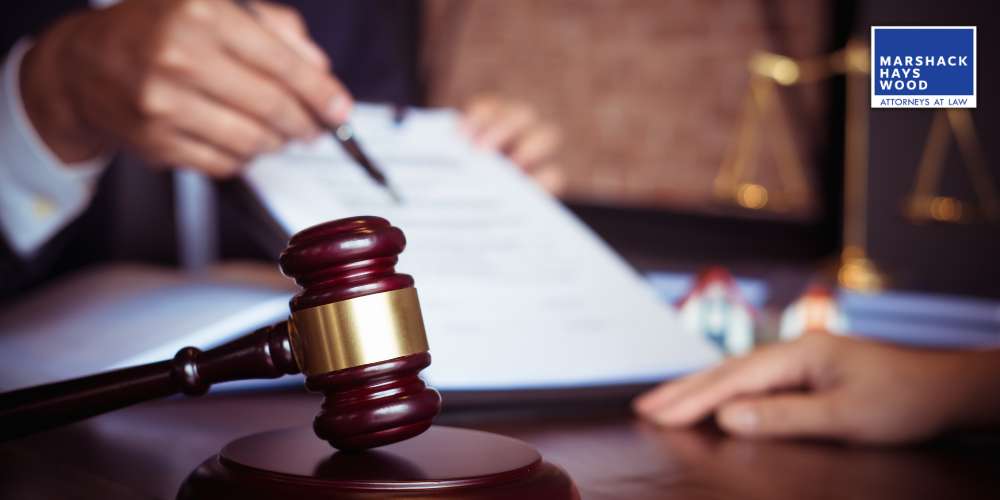
Is Debt Discharged in Chapter 7 Considered Taxable Income?
Under the U.S. Tax Code, debts discharged through bankruptcy are excluded from your gross income. This means that when a debt is forgiven in a Chapter 7 bankruptcy, it does not need to be reported as income on your federal tax return.
This exclusion is a significant benefit of bankruptcy. Outside of bankruptcy, if a creditor forgives or cancels a debt you owe (for example, through a settlement), the forgiven amount is usually considered as taxable income. However, the specific exclusion for debts discharged in bankruptcy proceedings ensures that individuals receiving a bankruptcy discharge do not face a tax liability for these forgiven debts.
How to Get Chapter 7 Bankruptcy Discharged in California
To get a Chapter 7 bankruptcy discharge, you must first qualify by passing a means test. If eligible, you file a petition with the bankruptcy court. This filing includes detailed information about your debts, income, expenses, and assets. You are also required to attend credit counseling from an approved agency.
After filing, you must attend a meeting of creditors, where creditors can ask questions about your financial situation. Throughout the process, it’s important to comply with the bankruptcy court’s requirements, including providing the requested documents. After completing these steps, and assuming there are no objections from creditors or the trustee, the court will usually issue a discharge of your eligible debts within a few months.
Why Might the Bankruptcy Court Deny Your Discharge?
The bankruptcy court might deny your discharge for several reasons, often linked to fraud or failure to comply with legal procedures. Common grounds for denial include hiding or lying about assets and financial affairs, failing to provide accurate and complete financial records, not completing the mandatory credit counseling, or disobeying a court order.
If you have received a discharge in a previous bankruptcy within a certain timeframe (8 years for Chapter 7), you may be ineligible for a new discharge. Other reasons could involve transferring, destroying, or concealing property intending to defraud creditors or failing to account for lost assets. The court scrutinizes the debtor’s behavior and financial history to ensure that the bankruptcy process is not being abused.
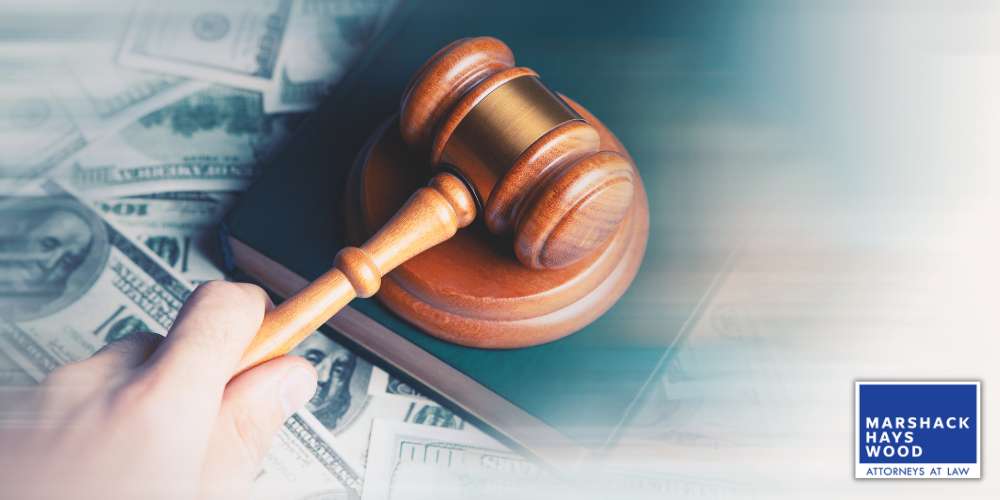
What Does a Chapter 7 Discharge Order Look Like?
A Chapter 7 discharge order is an official document issued by the bankruptcy court, signifying the conclusion of the bankruptcy process and the discharge of eligible debts. The order includes the following elements:
- Discharge Provisions: The main body of the order clearly states that the debtor’s debts have been discharged. It may list the types of debts discharged and those not affected by the discharge.
- Notice to Creditors: This portion includes a statement warning creditors that attempting to collect discharged debts is prohibited and could subject them to penalties.
- Limitations and Explanations: The order explains that certain debts are not discharged and could include a list of common non-dischargeable debts, like certain taxes, student loans, and alimony.
- Instructions to the Debtor: There are instructions or notices to the debtor about the consequences of the discharge and information on managing their financial future.
This document is essential for the debtor as it legally confirms the elimination of debts and provides a foundation for rebuilding financial stability post-bankruptcy.
What Should I Do After I Get My Chapter 7 Discharge?
After receiving your Chapter 7 discharge, it’s important to take steps toward rebuilding your financial life. Make sure you keep a copy of your discharge and other bankruptcy documents safe, as they prove your debts have been cleared. Start rebuilding your credit score gradually; consider secured credit cards or small installment loans, always ensuring timely payments.
Create a realistic budget and stick to it, focusing on saving and avoiding unnecessary debt. It’s also wise to periodically check your credit report to ensure discharged debts are correctly listed and to address any inaccuracies. Use this fresh start to educate yourself about financial management, possibly through courses or counseling, to avoid future financial difficulties.
Release from Personal Liability
When a debtor receives a discharge, they are released from personal liability for most unsecured debts. This means that creditors of discharged debts can no longer take legal action against the debtor to collect those debts. Debts typically discharged in Chapter 7 include credit card debt, medical bills, and personal loans.
The release from personal liability under Chapter 7 is a key step in giving debtors a new financial start, free from the pressure of unmanageable debts.
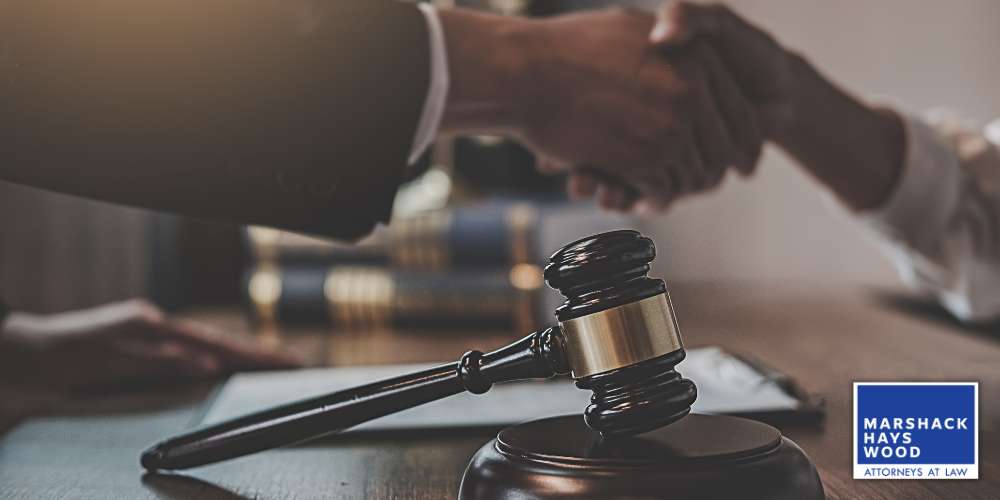
Call a Chapter 7 Lawyer in Orange County Today
Marshack Hays Wood offers experienced legal counsel tailored to your unique financial situation, helping you navigate the complexities of bankruptcy law.
Our dedicated team of Orange County Chapter 7 bankruptcy attorneys is committed to ensuring a stress-free bankruptcy process. Don’t let the weight of financial uncertainty burden you any longer. Reach out to Marshack Hays Wood today by calling 949-333-7777 to take the first step toward a fresh financial start and the peace of mind you deserve.
READY TO GET STARTED?
At Marshack Hays Wood, our attorneys provide the legal support you need to move forward with confidence. Let us help you take the first step toward financial stability.
